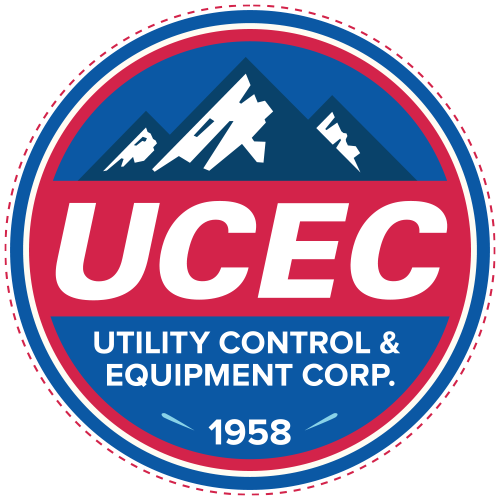Embracing Sustainability: Integrating Renewable Energy Sources in Industrial Control Panels - Part 4
In the era of increasing environmental consciousness and sustainable practices, industries are continually seeking innovative solutions to reduce their carbon footprint and embrace renewable energy sources. Among the key areas of focus is the integration of renewable energy within industrial control panels, a transformative approach that holds the promise of enhancing sustainability while driving operational efficiency. In this article, we delve into the critical considerations and strategies involved in integrating renewable energy sources within industrial control panels, including assessing feasibility, incorporating solar, wind, or other renewable sources, and exploring hybrid systems and energy storage solutions.
Assessing the Feasibility of Renewable Energy Integration
Before embarking on the integration of renewable energy sources, it is essential to conduct a comprehensive assessment of feasibility. Factors such as site location, available resources, energy demand profiles, and regulatory requirements must be carefully evaluated to determine the suitability of renewable energy technologies for industrial applications.
Furthermore, conducting thorough cost-benefit analyses and lifecycle assessments can provide insights into the economic viability and long-term sustainability of renewable energy integration projects. By considering both technical and economic feasibility criteria, decision-makers can make informed choices regarding the implementation of renewable energy solutions within industrial control panels.
Incorporating Solar, Wind, or Other Renewable Sources into Control Panel Design
Once feasibility has been established, the next step involves the integration of specific renewable energy sources into control panel design. Solar photovoltaic (PV) arrays, wind turbines, and biomass generators represent some of the most commonly utilized renewable energy technologies in industrial settings.
For example, solar panels can be installed on rooftops or adjacent land areas to harness solar energy and convert it into electricity. Similarly, wind turbines can be strategically positioned to capture wind energy and supplement grid power. By integrating these renewable energy sources into control panel design, industries can reduce reliance on fossil fuels, lower energy costs, and mitigate greenhouse gas emissions.
Hybrid Systems and Energy Storage Solutions
In addition to standalone renewable energy systems, hybrid solutions that combine multiple renewable energy sources and energy storage technologies offer significant advantages in terms of reliability and flexibility. Hybrid systems leverage the complementary nature of different renewable energy sources to optimize energy production and enhance system resilience.
Furthermore, energy storage solutions such as batteries, flywheels, and compressed air storage systems play a crucial role in balancing supply and demand fluctuations, smoothing out intermittencies in renewable energy generation, and ensuring continuous power availability. By integrating energy storage technologies into control panel design, industries can maximize the utilization of renewable energy and enhance overall system efficiency.
Conclusion
In conclusion, the integration of renewable energy sources within industrial control panels represents a transformative approach towards sustainability and operational excellence. By assessing feasibility, incorporating solar, wind, or other renewable sources, and exploring hybrid systems and energy storage solutions, industries can reduce environmental impact, enhance energy security, and drive long-term cost savings.
As industries continue to prioritize sustainability goals and embrace renewable energy technologies, the integration of renewable energy within industrial control panels will play an increasingly pivotal role in shaping the future of energy management and industrial automation.
UL 508A, 698A, & NNNY Certified.
Pioneering the Past, Engineering the Future: Craftsmanship Unleashed!

